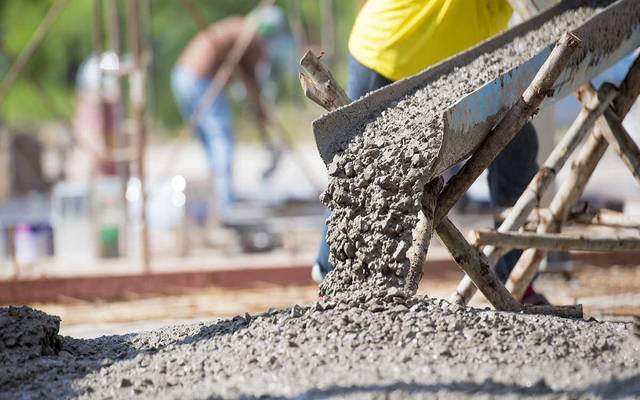Characteristics of concrete Like other materials, concrete has a set of features that affect it according to the type of its components of cement, natural gravel, and water, which come as follows: The degree of concrete mixing, which is the hardness of concrete in terms of the harmony of its components.
Concrete compressive strength is the concrete’s compressive strength, which is the main factor in determining quality. Engineers the tensile strength of concrete by affecting the tensile strength of the concrete mixture test cubes.
Creep strength, which shows the result of concrete loads through the appearance of deformation, depends on the load application duration. Concrete shrinkage is the property that shows how much concrete volume decreases when subjected to the drying process.
Engineers calculate standard ratios by dividing the modulus of elasticity of steel by the modulus of elasticity of concrete.
Concrete durability is the concrete’s ability to withstand disintegration and disintegration.
Permeability: It is affected by the amount of cement used in its manufacture. Increasing the water proportion with cement and subjected to complete compaction becomes less permeable.
Factors affecting concrete There are many factors affecting the quality and durability of concrete, which depend on the main components of the concrete block in the first place, which come as follows: The type of cement used, gravel type, Gravel sizes, the amount of water relative to the cement amount, The ratio of the spaces between the natural gravel and the rest of the mixture, and temperature.
Characteristics of concrete and Types:
1- Ordinary concrete, whose strength ranges from 10 to 40 MPa, is obtained by mixing the basal components of cement, water, and natural aggregates. It reaches a degree of doubt from 60 to 90 minutes, depending on the type of cement and weather conditions.
2- Reinforced concrete: depends on the presence of external additives on the main components for making concrete, which helps increase tensile strength and more bearing pressure. Reinforced concrete depends on the reinforcing steel presence in the form of grids, poles, and concrete elements.
3- Lightweight concrete, which weighs less than 1,920 kg/m3, and the aggregate in its manufacture consists of pumice, scoria, and other manufactured materials. Engineers use lightweight concrete for thermal insulation, steel structures protection, and building blocks.
4- High-density concrete, with a density ranging from 3000 to 4000 kg/m3, which engineers manufacture by coarse aggregate from well-crushed rocks of high density. Engineers use High-density concrete in atomic power plants due to its ability to protect against radiation leakage.
5- Architectural and decorative concrete: Engineers use aesthetic and decorative finishes.
6- Rolled concrete: characterized by corrosion resistance and withstands the force of water flow, where the amount of its decline reaches zero. Engineers use Rolled concrete to build infrastructure, such as aqueducts, Stages of concrete (cement) mining, Raw material reclamation, Drying, mixing, homogenizing, clinker, Cement grinding, storage, and packing.
Source: wikipedia.org/wiki/Reinforced_concrete
Read More: buildineg.com/public/blog/what-is-a-concrete-jacketing-of-column/

